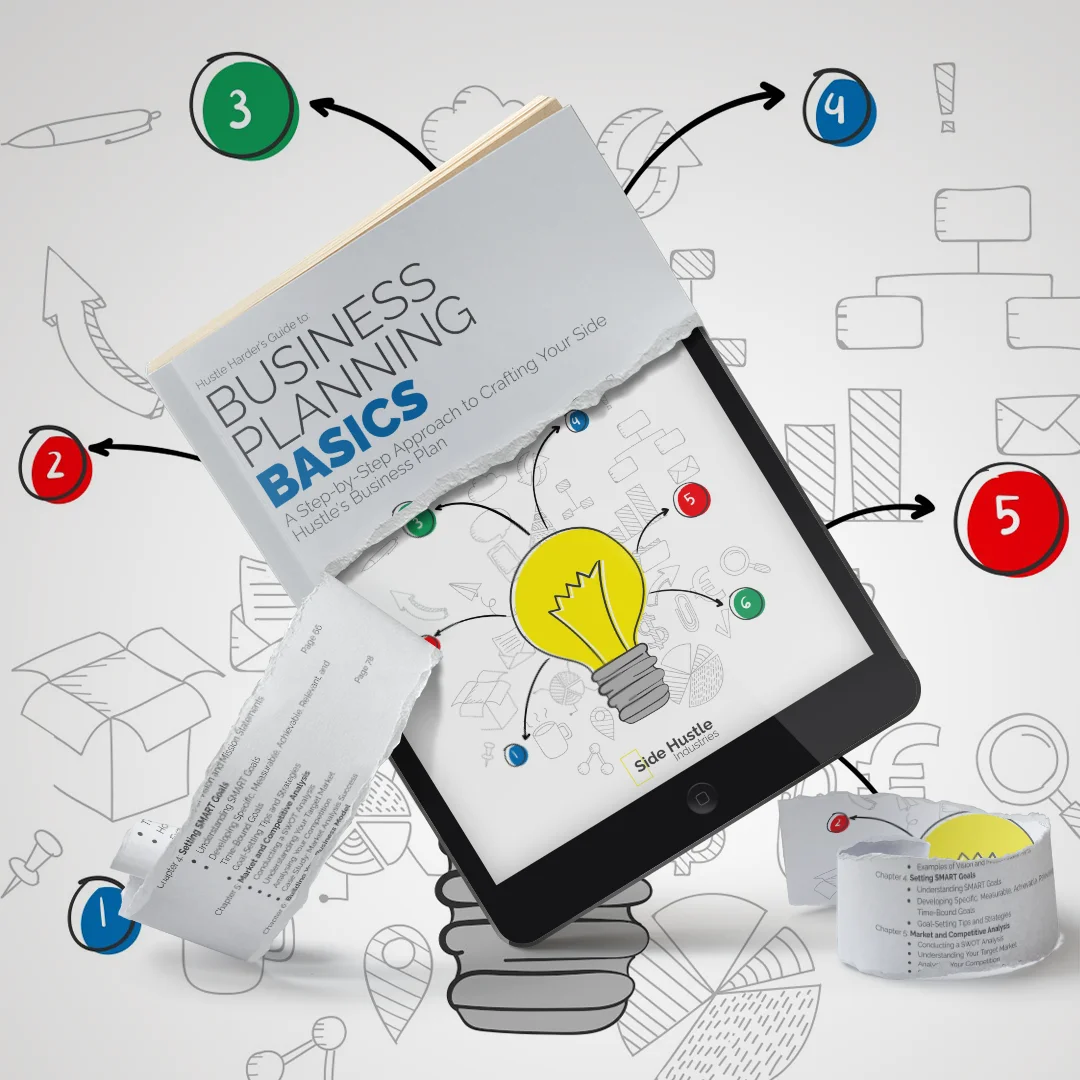
After putting in the hard work to create a compelling business plan, the next step is presenting it to potential investors. Whether you’re seeking funding for your side hustle’s launch or expansion, presenting your plan effectively is crucial. Here’s a guide on how to prepare and deliver a persuasive pitch to investors.
Preparation Is Key
Before you even think about presenting your business plan to investors, thorough preparation is essential. Here are the key steps to get ready:
- Know Your Plan Inside and Out: Revisit your business plan repeatedly. Understand every aspect of it, from market analysis to financial projections. Investors will have questions, and you need to be ready with answers.
- Practise Your Pitch: Rehearse your presentation multiple times. Practice in front of a mirror, record yourself, or present to friends or mentors who can provide feedback. A polished presentation builds your confidence.
- Anticipate Questions: Think about the questions investors are likely to ask and prepare clear, concise responses. This includes queries about your business model, target market, competition, financial projections, and potential risks.
- Be Ready to Pivot: While it’s important to know your plan inside and out, be flexible. Investors may have suggestions or concerns. Be prepared to adapt and address their feedback.
- Prepare Visual Aids: Create visual aids like slides or handouts to accompany your presentation. Visuals can help clarify complex information and make your pitch more engaging.

The Presentation
When the day arrives to present your business plan to investors, here’s how to make a compelling and persuasive presentation:
- Open Strong: Start your presentation with a powerful and engaging introduction. A strong opening can capture the investors’ attention and set the tone for the entire pitch. You might begin with an interesting fact, a relevant story, or a compelling statistic.
- Introduce Yourself and Your Team: Briefly introduce yourself and your team. Highlight your key qualifications, experience, and what makes your team well-suited for the side hustle. This is your chance to build credibility.
- Summarise Your Side Hustle: Provide a concise overview of your side hustle’s purpose, mission, and unique selling proposition. Investors should quickly understand what your business is all about.
- Highlight the Market Opportunity: Emphasise the market opportunity by showcasing market research and data. Explain the problem your side hustle solves and why there’s a demand for your product or service.
- Explain Your Competitive Advantage: Clearly articulate your competitive advantage or unique selling proposition. Investors want to know why your side hustle will succeed where others might not.
- Present Your Financial Projections: Share your financial projections, including revenue, expenses, and profit forecasts. Make sure your financial assumptions are clear and based on realistic data. Investors will want to see that you’ve done your homework.
- Address Risks and Challenges: Be transparent about the risks and challenges your side hustle may face. Investors appreciate honesty and want to know that you’ve thought about potential pitfalls.
- Share Your Funding Request: If you’re seeking funding, clearly state the amount you’re requesting and how you’ll use it. Explain the potential return on investment for investors. Be prepared to discuss your proposed repayment terms for loans.
- Use Visuals: Visual aids can help simplify complex data and make your pitch more engaging. Use slides or handouts to illustrate key points, such as market trends, financial projections, or your product or service.
- Engage Your Audience: Encourage questions and discussion. Engaging with investors shows that you’re open to feedback and interested in their perspective. Be prepared to respond to inquiries and concerns.
- Stay Confident and Enthusiastic: Confidence and enthusiasm are contagious. Present your plan with energy and belief in your side hustle. Investors are more likely to get on board if they see your passion and conviction.
- Be Concise: Keep your presentation focused and concise. Investors value brevity and clarity. Avoid overloading your pitch with unnecessary details or lengthy explanations.
- Practice Time Management: Be mindful of your allotted time. Investors may have a strict schedule, so manage your time wisely to ensure you cover all essential points.

Handling Questions and Feedback
After your presentation, you’ll likely face questions and feedback from investors. Here’s how to handle this part of the pitch:
Listen Actively: Pay close attention to questions and feedback. Listening actively shows that you value their input.
Respond Calmly: Stay composed and confident in your responses. If you don’t know the answer to a question, admit it and commit to following up later.
Acknowledge Concerns: If investors express concerns, acknowledge them and provide reassurance or potential solutions. Being open to feedback can build trust.
Stay Open to Further Discussion: Be open to additional discussions or follow-up meetings. Investors may want to dive deeper into specific aspects of your business plan.
Presenting your business plan to investors is a critical step in securing the funding you need for your side hustle. Effective preparation, a compelling presentation, and the ability to handle questions and feedback with confidence are essential. Your pitch is not just about conveying your plan; it’s an opportunity to build relationships with potential investors and partners who share your vision for success.

*Also available on Amazon in Kindle, Soft Cover & Hard Cover formats. —> Click Here.
